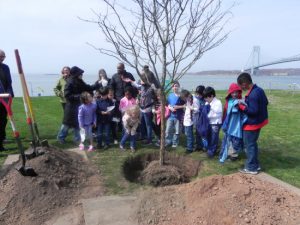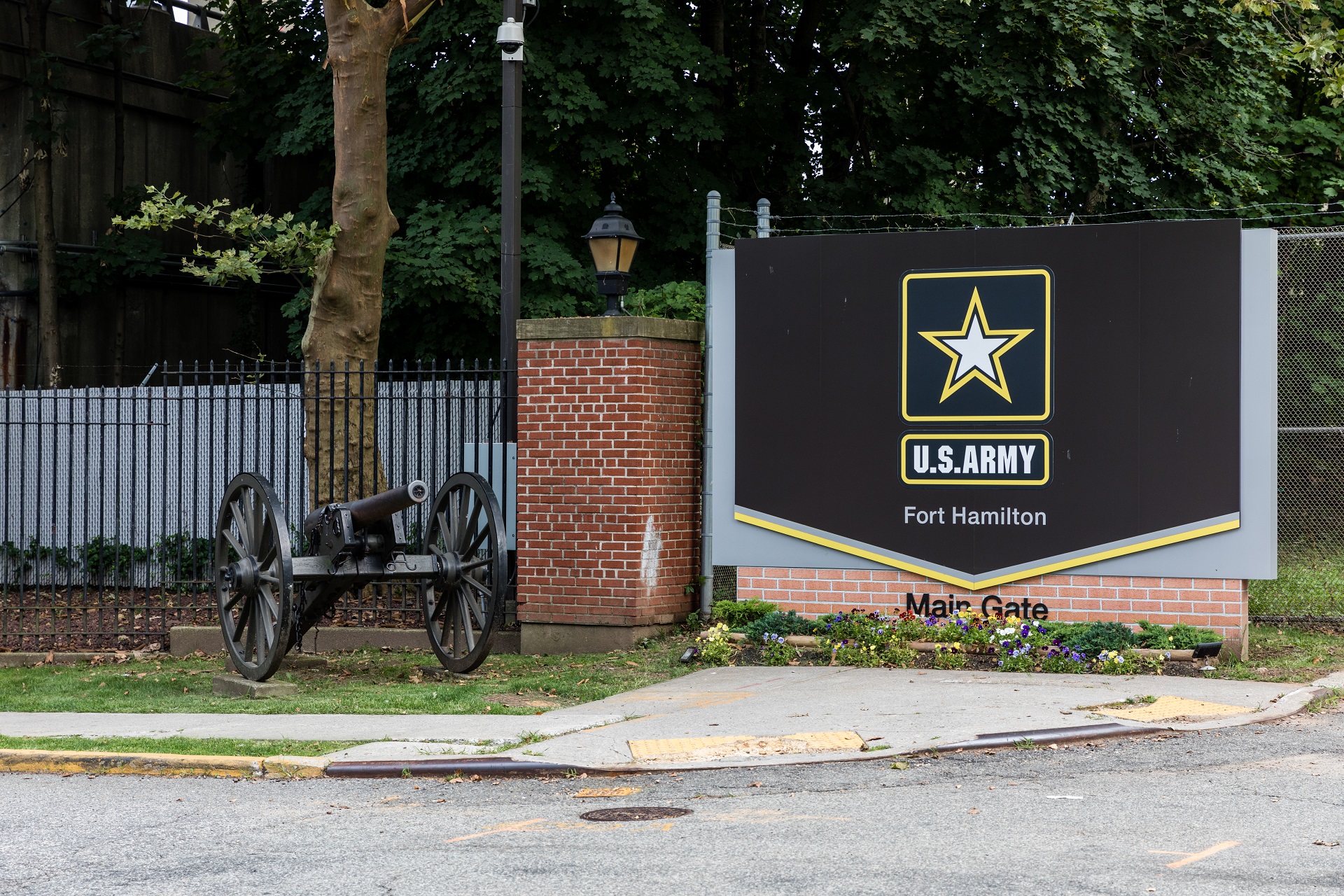
Venerable Municipal Club of Brooklyn tours ‘endangered’ Fort Hamilton

“As soon as I heard that BRAC [Base Realignment and Closure Commission] was coming, I suggested that we, as a club, head over there to check it out,” said King, who is also a member of the Committee to Save Fort Hamilton. “I want to save the fort and keep it because we have to worry about BRAC and this is on that list with other forts that could potentially close in 2017. The more the business community is aware of what’s going on the more likely we can work to keep it where it should be.”
Fort Hamilton, which was named after Alexander Hamilton, the first Secretary of the Treasury, was constructed in 1822 after the War of 1812 raised fears of a British naval invasion. Before the fort was built, the same location was used for military purposes as long as July of 1776, when a small battery of cannons fired on British fleets prior to the Battle of Brooklyn.
Leave a Comment
Leave a Comment
